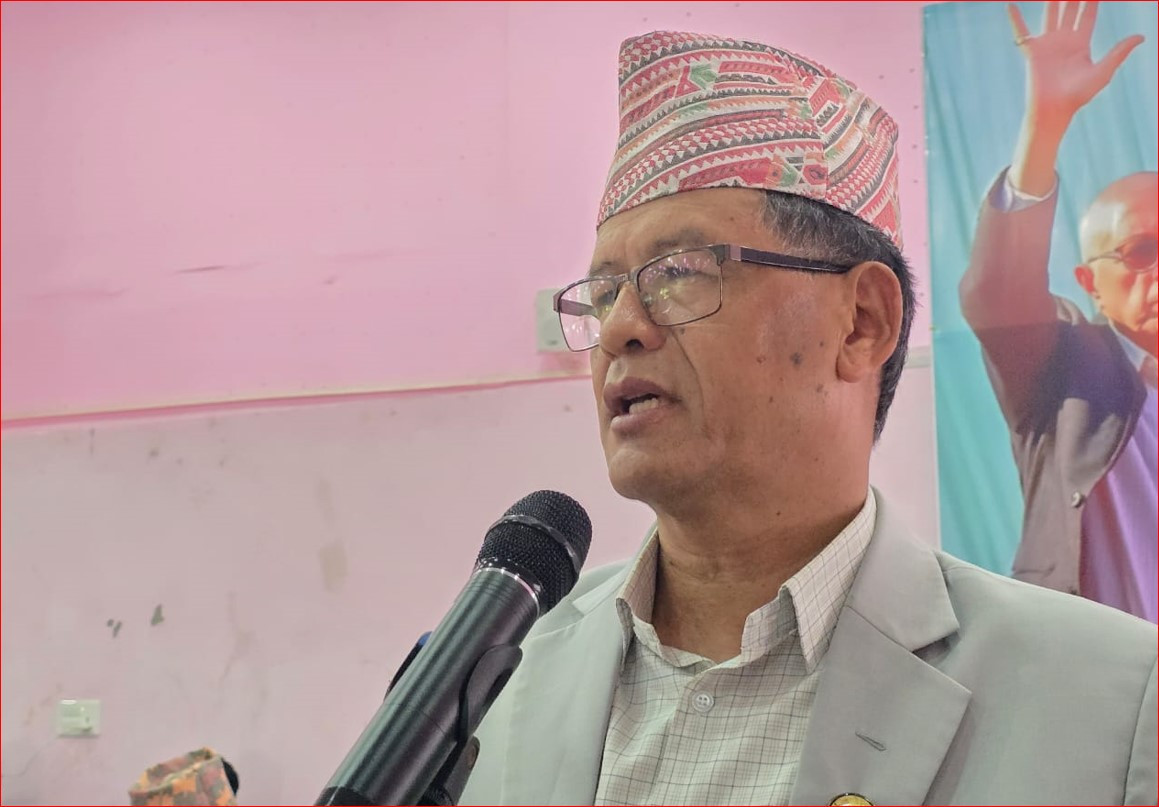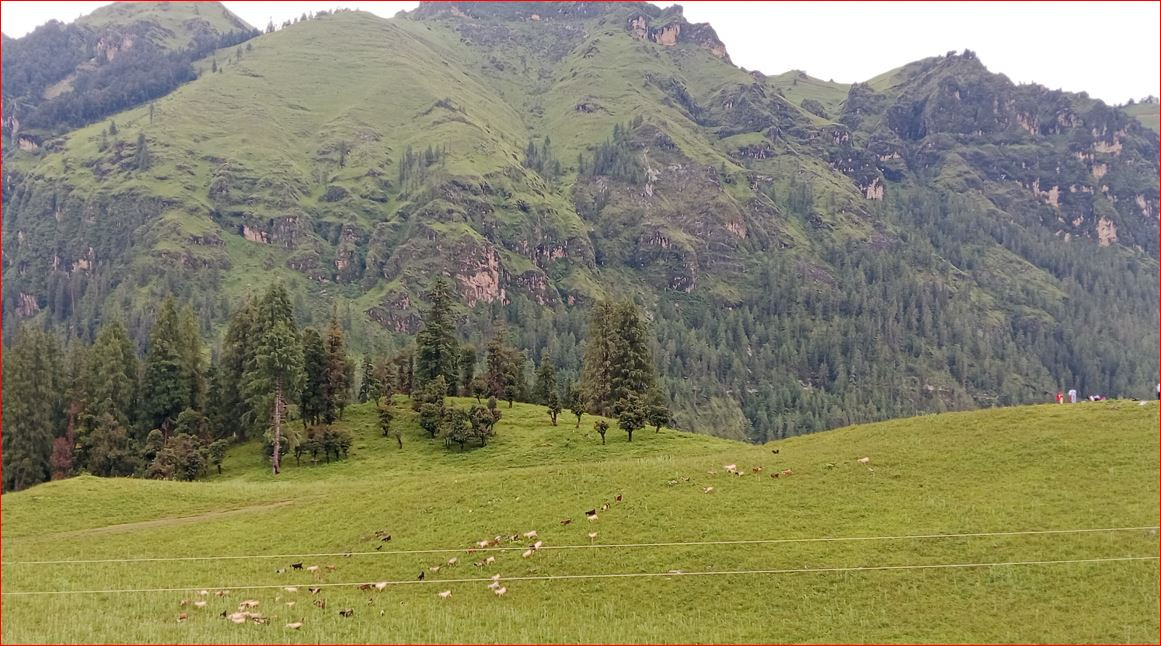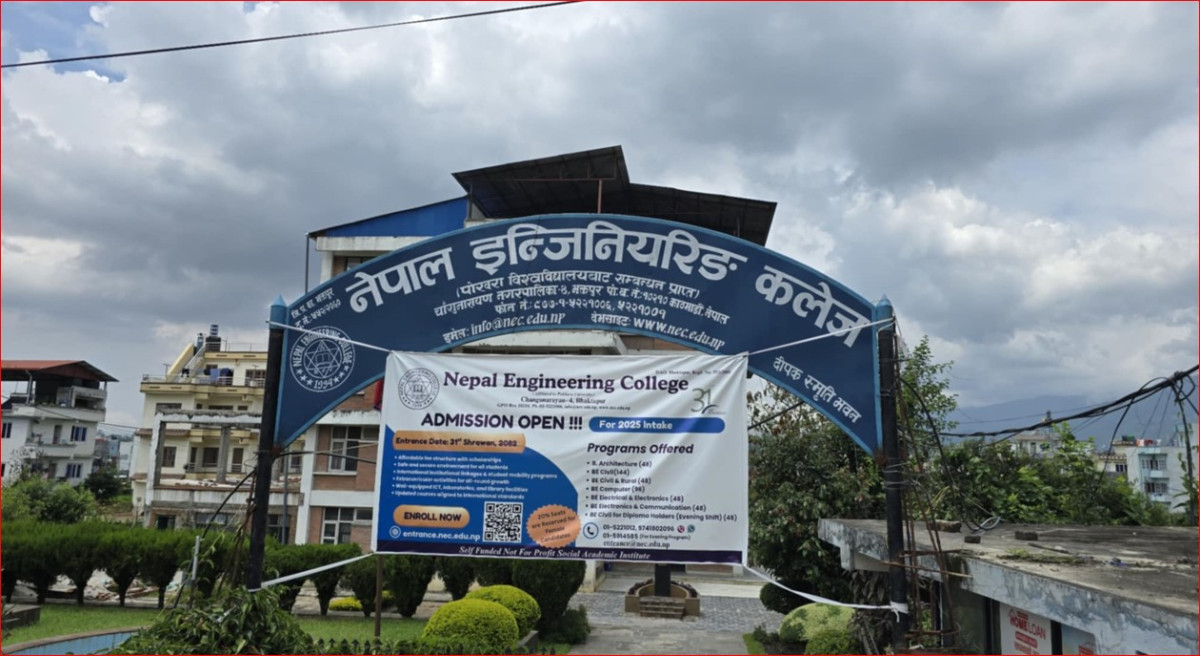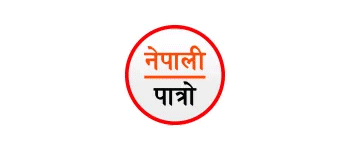Washington, D.C. / An International Monetary Fund (IMF) mission led by Ms. Sarwat Jahan concluded a visit to Kathmandu from May 26 to June 10, 2025, to conduct the sixth review under the Extended Credit Facility (ECF) arrangement. Following the visit, Ms. Jahan issued a statement announcing that IMF staff and the Nepali authorities have reached a staff-level agreement on the economic policies and reforms required to complete the review.
The agreement is subject to approval by the IMF Executive Board. Upon completion, Nepal would gain access to SDR 31.4 million (approximately USD 42.7 million), increasing the total disbursements under the ECF to SDR 251.1 million (around USD 331.8 million) from the full SDR 282.4 million arrangement.
Progress on Reforms and Program Performance
Ms. Jahan noted that Nepal continues to make progress in implementing the ECF-supported program. All quantitative performance targets as of mid-January 2025 were met, with the exception of the indicative target on child welfare grants. Key structural reforms are advancing, including the completion of a tax expenditure report, publication of updated National Project Bank guidelines, and a finalized roadmap following the Loan Portfolio Review (LPR).
The Nepal Rastra Bank (NRB) has also taken steps toward amending its governing Act to align with IMF recommendations, aiming to improve governance and financial sector oversight. The NRB is preparing to engage an international consultant to assist with the LPR process, which remains a key requirement for IMF Executive Board approval of the review.
Economic Recovery and Challenges
Nepal’s economy is showing signs of recovery, supported by growth in construction, manufacturing, and hydropower, along with a good agricultural harvest. GDP growth for FY2024/25 is projected to exceed 4%, although it remains below full potential. Inflation declined to 3.4% in April 2025 after a temporary spike due to the September 2024 floods.
External indicators have improved, driven by strong performance in exports, remittances, and tourism. However, vulnerabilities in the financial sector persist. Non-performing loans (NPLs) rose to 5.2% in April 2025, posing a risk to bank capital, while the financial condition of savings and credit cooperatives (SACCOs) remains fragile.
Policy Outlook and Reforms Ahead
Looking forward, the IMF expects Nepal’s growth to strengthen in FY2025/26, with inflation staying within the NRB’s target range. Nonetheless, risks remain, including delays in public capital spending, global trade uncertainties, and continued financial sector stress.
The upcoming fiscal year’s budget is largely aligned with ECF program objectives, focusing on fiscal sustainability, increased capital expenditure, incentives for private sector investment, and expanded social support, such as the school midday meal program.
The IMF emphasized the need for cautious monetary policy, urgent progress on the LPR, and measured steps regarding the proposed Asset Management Company. Improvements in debt recovery, insolvency laws, and a thorough feasibility study are prerequisites for its establishment.
On the regulatory front, Nepal has made strides in strengthening its anti-money laundering and counter-terrorism financing framework and is now prioritizing effective implementation of its national AML/CFT Action Plan.
High-Level Meetings and Continued Cooperation
During the visit, the IMF team held discussions with Deputy Prime Minister and Finance Minister Bishnu Prasad Paudel, Vice-Chairman of the National Planning Commission Dr. Shiva Raj Adhikari, NRB Governor Dr. Biswo Nath Poudel, and other senior officials. The team also met with representatives from the private sector, think tanks, and development partners.
Ms. Jahan expressed gratitude to the Nepali authorities for their hospitality and constructive engagement during the mission.














